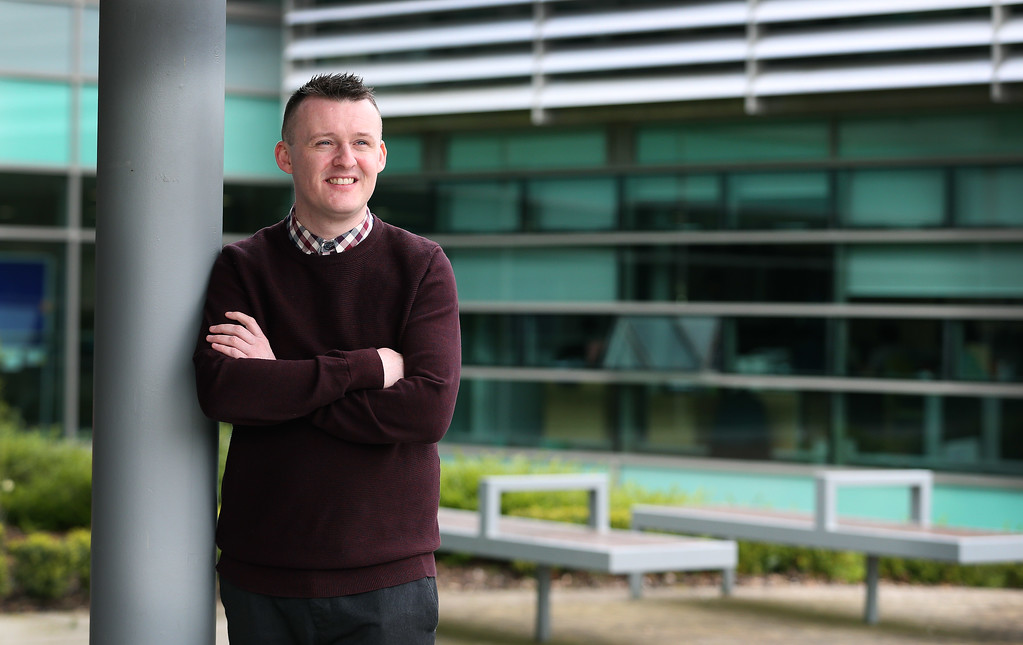
Sean Creaney, Edge Hill University; Roger Smith, Durham University, and Stephen Case, Loughborough University
On February 12, 1993, two-year-old James Bulger was abducted and murdered by 10-year-olds Jon Venables and Robert Thompson. It was a crime that stunned the world and the shadow of it still looms large over British culture and the English justice system. In her new book about the killing, James’ mother, Denise Fergus, talks about how she believes the legal system failed – and continues to fail – her family following the subsequent release of the child murderers. And just this week, the story was in the news again after one of the killers – the former Jon Venables – was jailed for 40 months for possessing child abuse images.
The Bulger case fed into a political, media and – as a result – public climate of opinion that young offenders were wicked, irresponsible, immoral and evil. But these perceptions are based on an extremely rare crime and invalid presumptions of an unfit system, fuelling more general stereotypes and knee-jerk responses.
The case has continued to generate strong feelings and fervent debate about how the two offenders should have been treated and this is as much a moral argument as it is a matter of rational reflection on rights, responsibilities and what the evidence tells us. For example, this one case is still highly pertinent to discussions around the age of criminal responsibility.
Out of step
Despite repeated criticism from the United Nations Committee on the Rights of the Child, in England and Wales the age of criminal responsibility has remained at ten since 1963 – one of the lowest in Europe. But this is incompatible with what we know of children’s “evolving capacities” (the way children mature).
With the average age of criminal responsibility being 14, the UK is out of step with the rest of Europe. This does not mean that other countries ignore crimes committed by younger children. Instead, they deal with them through the child protection and welfare systems, as in the Norwegian case which bore some notable similarities to that of the James Bulger murder.
Repeated calls to raise the age at which children can be prosecuted have never been taken seriously, at least partly because of the James Bulger case, as it continues to trouble the hearts and minds of the British public. Venables and Thompson were described as “cunning” and “wicked” and their behaviour as an act of “unparalleled evil and barbarity”. Although incredibly serious and shocking, this was a very rare crime. But it continues to influence how young children who cause harm are dealt with in general.
The persistence with which the law seeks to criminalise children contravenes international rights and is unfair, illogical and contradictory. At the age of ten, children are deemed capable of criminal intent yet not “mature” enough to seek paid employment until the age of 13. They cannot marry without parental permission until the age of 16, drive until 17 or vote in a general election until they are 18.
The UK government claims it is common sense to assume that 10-year-old children know the difference between right and wrong and to prosecute them for offences is perfectly legitimate. But this is much too simplistic and flies in the face of the available evidence. It runs counter to all we know about the processes by which children learn and develop the capacity to make fully informed moral judgements and behavioural choices.
Headlines v evidence
Despite recurrent headlines such as “Rise of the child offender? The under 10s linked to drugs, sex and violence crimes on Merseyside”, offences by young children of a seriously violent or sexual nature are very rare. Those who do commit such offences have often been harmed themselves and come from chaotic backgrounds, with histories of poor mental health, dysfunctional families and backgrounds of emotional, physical or sexual abuse.
Most offending by young people is relatively low-level, constituting only one part of a much broader and more complex identity. Subjecting young children to criminal justice intervention is counterproductive and developmentally damaging. A criminalising, stigmatising and labelling course of action prevents the child from pursuing a “good life” – one of purpose and meaning. Justice systems do not help to promote a non-criminal identity as the evidence confirms. In fact, contact with the justice system reinforces a criminal identity, making it harder for the children to escape the criminal path.
![]() Despite the evidence and the claim that society would be better served if the age of criminal responsibility was substantially increased, reform is unlikely. Government will not contemplate raising the age of criminal responsibility in England and Wales while the shadow of James Bulger looms large over any such discussion. If there is no change, children will continue to be denied justice appropriate to their age and maturity.
Despite the evidence and the claim that society would be better served if the age of criminal responsibility was substantially increased, reform is unlikely. Government will not contemplate raising the age of criminal responsibility in England and Wales while the shadow of James Bulger looms large over any such discussion. If there is no change, children will continue to be denied justice appropriate to their age and maturity.
Sean Creaney, Lecturer in Psychosocial Analysis of Offending Behaviour, Edge Hill University; Roger Smith, Professor of Social Work, Durham University, and Stephen Case, Professor of Criminology, Loughborough University
This article was originally published on The Conversation. Read the original article.
